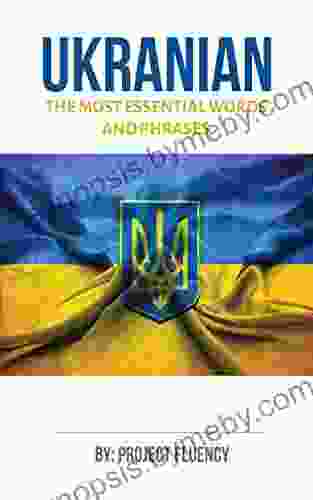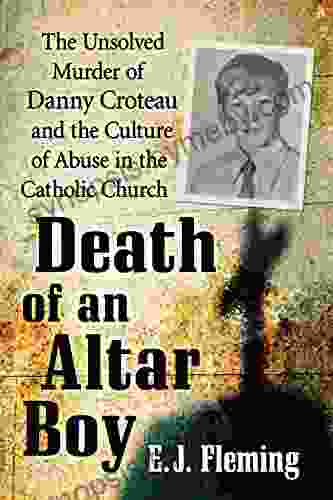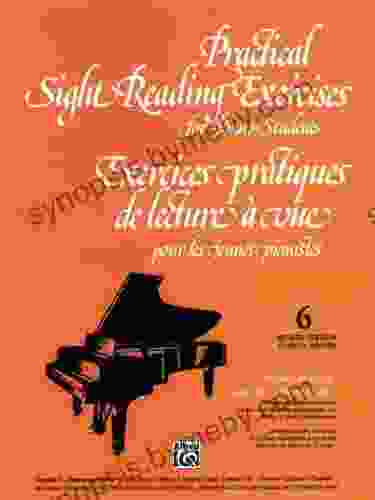An Iconology of Hair in Medieval Art and Literature: Unraveling the Multiple Meanings of a Fascinating Feature

4.4 out of 5
| Language | : | English |
| File size | : | 7048 KB |
| Text-to-Speech | : | Enabled |
| Screen Reader | : | Supported |
| Word Wise | : | Enabled |
| Print length | : | 300 pages |
Hair, a seemingly mundane aspect of human appearance, has captivated the imagination of artists and writers for centuries. In medieval art and literature, hair played a pivotal role in conveying complex messages, embodying virtues, and shaping societal norms. This article delves into the rich iconology of hair during the Middle Ages, exploring its vielfältige Bedeutungen and cultural significance.
Hair as a Symbol of Beauty and Identity
In medieval society, long, flowing hair was considered a hallmark of beauty, particularly for women. It was often depicted in art and literature as a symbol of sensuality and allure. For example, in the famous medieval romance "Tristan and Isolde," Isolde's golden hair is described as "a silken mantle, a golden veil" that captivates Tristan's heart.
Hair also played a role in establishing social identity. Different hairstyles and colors were associated with specific social classes and professions. For instance, in the 13th century, married women typically wore their hair covered or braided, while unmarried women wore it loose and flowing.
Hair as an Expression of Virtue and Piety
In religious art, hair often carried profound symbolic meanings. Long, uncut hair was seen as a sign of chastity and humility. In the Bible, Samson's strength was believed to reside in his long hair. Similarly, in medieval paintings, saints and holy figures are frequently depicted with long, flowing hair that signifies their purity and devotion.
Conversely, short, cropped hair was sometimes associated with wickedness and shame. In the story of Samson and Delilah, Samson loses his strength when Delilah cuts his hair. Similarly, in medieval art, depictions of the devil or other evil figures often feature short, unkempt hair.
Hair as a Reflection of Cultural Norms
Hair also served as a reflection of cultural norms and beliefs. In some medieval societies, long hair was considered a symbol of freedom and rebellion. In the 14th century, the Lollard movement, a religious reform group, advocated for long hair as a sign of their opposition to the established church.
In other cultures, hair was seen as a source of power and virility. In Norse mythology, the god Thor possessed a magical belt that doubled his strength when worn. This belt was depicted as being made of his own hair.
Hair as a Vehicle for Storytelling
Beyond its symbolic meanings, hair also played a significant role in storytelling and character development. In medieval literature, hair could foreshadow events, reveal hidden identities, or convey emotional states.
For example, in the epic poem "Beowulf," the hero's long hair is a symbol of his strength and courage. When he is mortally wounded, his hair is described as "wet with blood, stained with gore." This imagery communicates the gravity of his injuries and foreshadows his impending death.
The iconology of hair in medieval art and literature is a testament to the rich symbolism and cultural significance of this seemingly ordinary feature. Hair was not merely a physical attribute but also a powerful symbol that conveyed complex messages, embodied virtues, and shaped societal norms.
By exploring the vielfältige Bedeutungen of hair in medieval art and literature, we gain a deeper understanding of the values, beliefs, and cultural practices of this fascinating period in history.
4.4 out of 5
| Language | : | English |
| File size | : | 7048 KB |
| Text-to-Speech | : | Enabled |
| Screen Reader | : | Supported |
| Word Wise | : | Enabled |
| Print length | : | 300 pages |
Do you want to contribute by writing guest posts on this blog?
Please contact us and send us a resume of previous articles that you have written.
 Book
Book Novel
Novel Page
Page Chapter
Chapter Text
Text Story
Story Genre
Genre Reader
Reader Library
Library Paperback
Paperback E-book
E-book Magazine
Magazine Newspaper
Newspaper Paragraph
Paragraph Sentence
Sentence Bookmark
Bookmark Shelf
Shelf Glossary
Glossary Bibliography
Bibliography Foreword
Foreword Preface
Preface Synopsis
Synopsis Annotation
Annotation Footnote
Footnote Manuscript
Manuscript Scroll
Scroll Codex
Codex Tome
Tome Bestseller
Bestseller Classics
Classics Library card
Library card Narrative
Narrative Biography
Biography Autobiography
Autobiography Memoir
Memoir Reference
Reference Encyclopedia
Encyclopedia Dylan Tomine
Dylan Tomine Joe Duarte
Joe Duarte Katie Wolf
Katie Wolf J B West
J B West Douglas Delong
Douglas Delong Douglas G Brinkley
Douglas G Brinkley Ed Ayres
Ed Ayres Michael Cole
Michael Cole Edwin Radford
Edwin Radford Dr Robert Pasahow
Dr Robert Pasahow Kamran Nazeer
Kamran Nazeer Ebony Diamonds
Ebony Diamonds Edward Humes
Edward Humes Echo Heron
Echo Heron Todd M Michney
Todd M Michney Edward Lee
Edward Lee Dr Gil Lusk
Dr Gil Lusk Drew Karpyshyn
Drew Karpyshyn Makoto Yukimura
Makoto Yukimura Philip Mansel
Philip Mansel
Light bulbAdvertise smarter! Our strategic ad space ensures maximum exposure. Reserve your spot today!
 Hank MitchellFollow ·12.4k
Hank MitchellFollow ·12.4k Kirk HayesFollow ·9.8k
Kirk HayesFollow ·9.8k Ian PowellFollow ·7.8k
Ian PowellFollow ·7.8k Robert HeinleinFollow ·19.7k
Robert HeinleinFollow ·19.7k Ed CooperFollow ·4.9k
Ed CooperFollow ·4.9k Forrest ReedFollow ·6.5k
Forrest ReedFollow ·6.5k Elmer PowellFollow ·15.4k
Elmer PowellFollow ·15.4k Jake PowellFollow ·3.8k
Jake PowellFollow ·3.8k
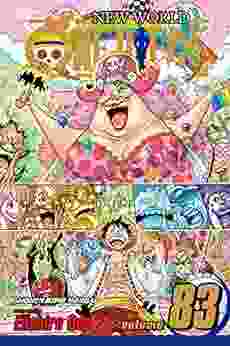
 Colton Carter
Colton CarterEmperor of the Sea Charlotte Linlin:
A Monumental Force...
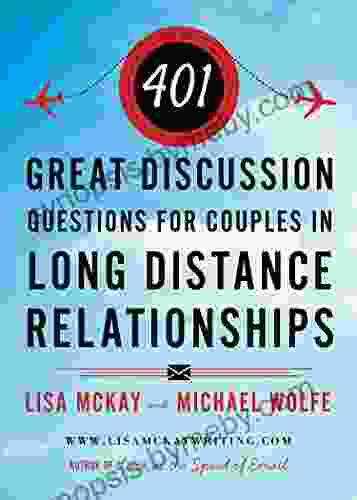
 Brett Simmons
Brett SimmonsIgnite Intimacy and Bridge Miles: 401 Discussion...
Long distance relationships (LDRs),while...
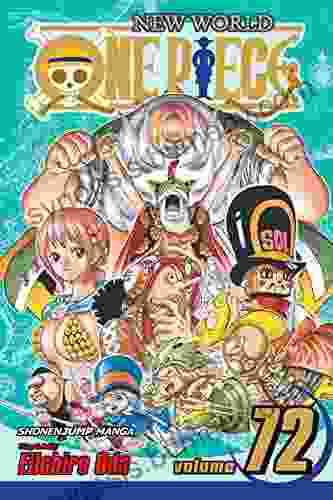
 Manuel Butler
Manuel ButlerEscape into the Extraordinary World of "Dressrosa:...
Unveiling the...

 Stuart Blair
Stuart BlairUnlock the Secrets to Enhance Your Fertile Egg Quality: A...
For couples longing to start...
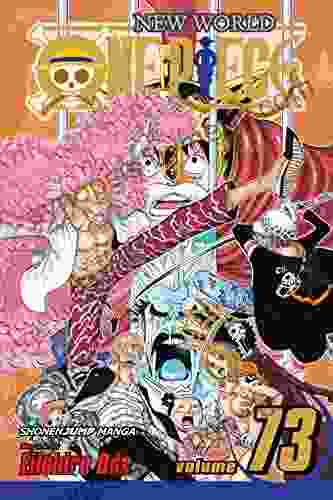
 Ismael Hayes
Ismael HayesOperation Dressrosa: The One Piece Graphic Novel – Gear...
Are you ready to set sail on...
4.4 out of 5
| Language | : | English |
| File size | : | 7048 KB |
| Text-to-Speech | : | Enabled |
| Screen Reader | : | Supported |
| Word Wise | : | Enabled |
| Print length | : | 300 pages |


